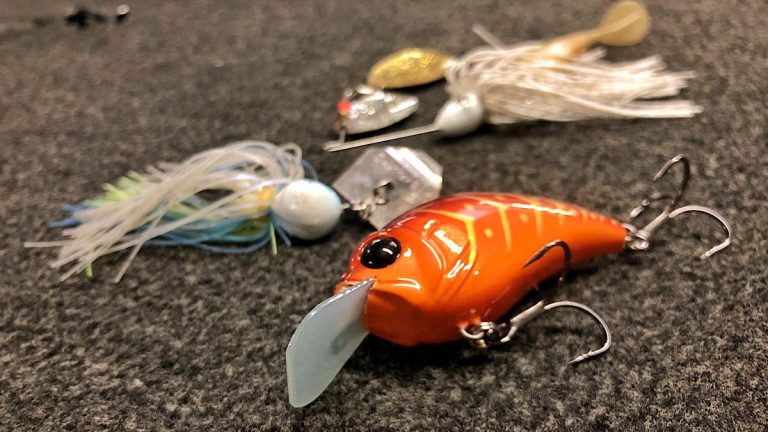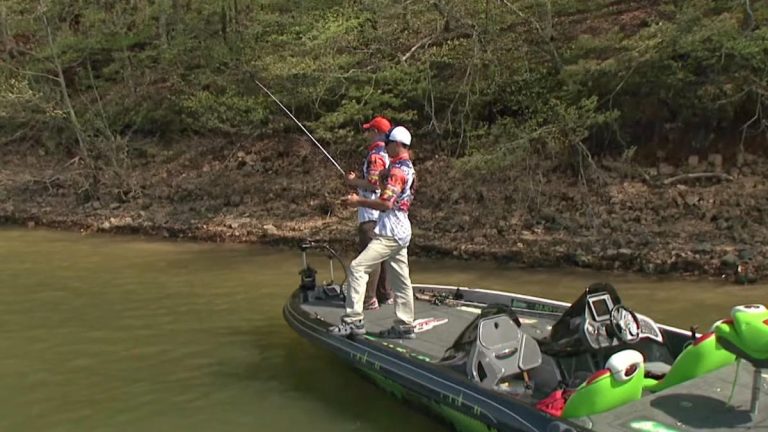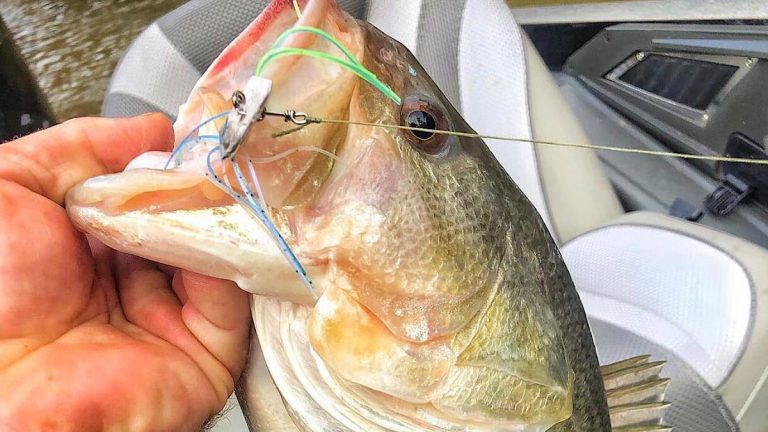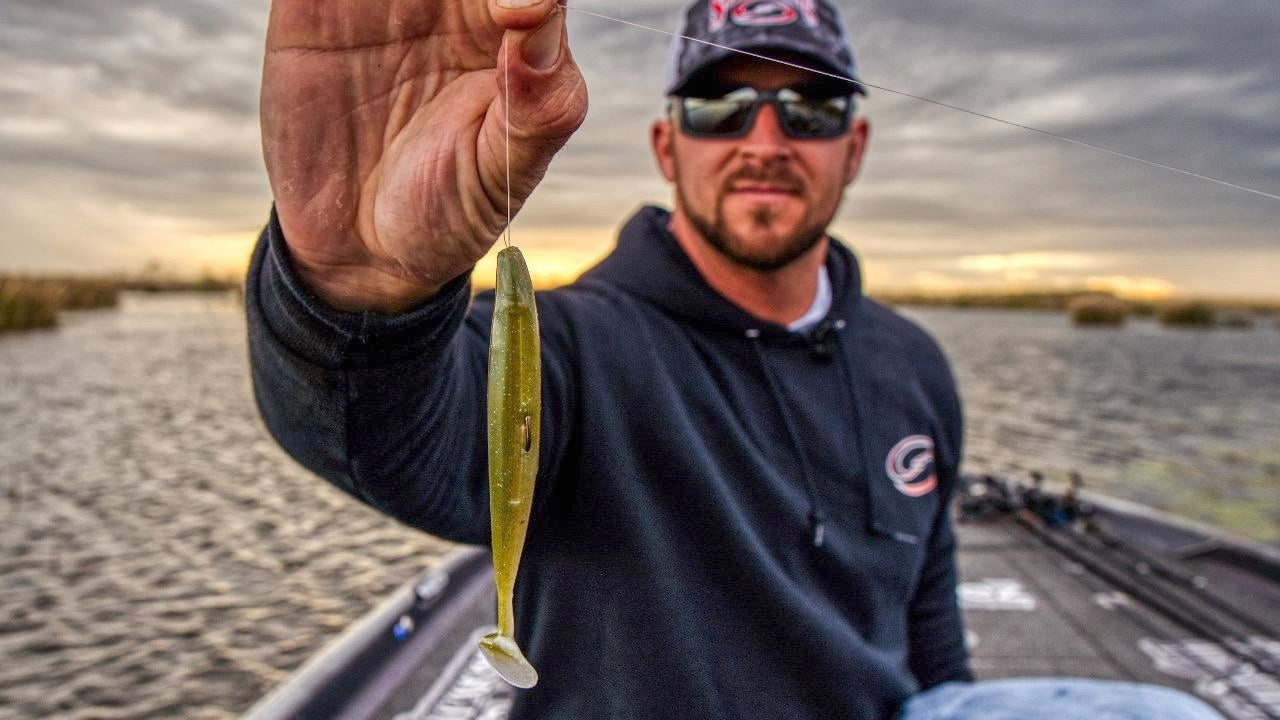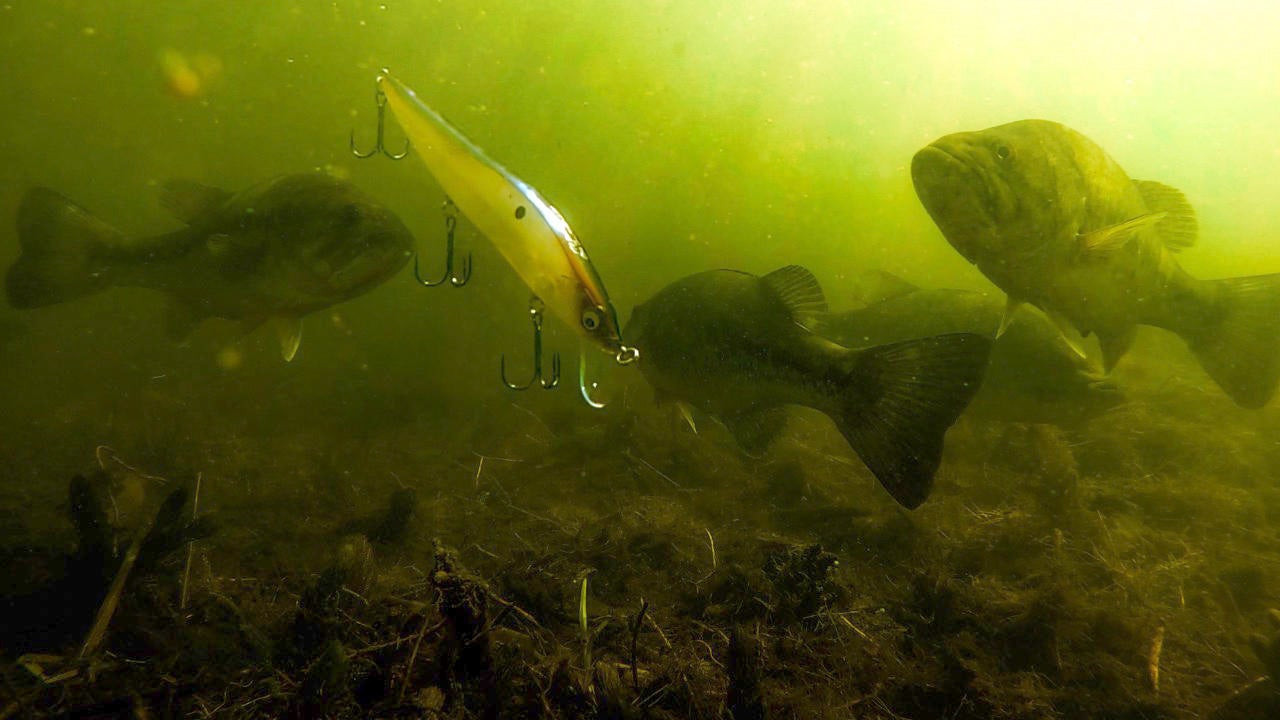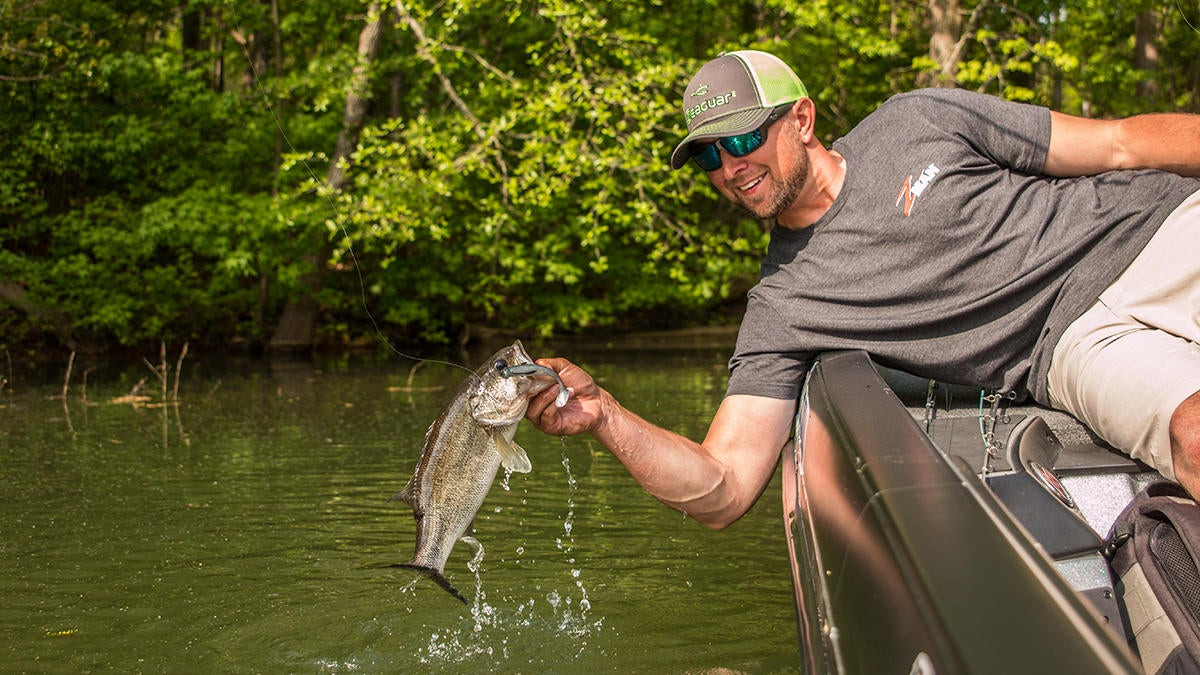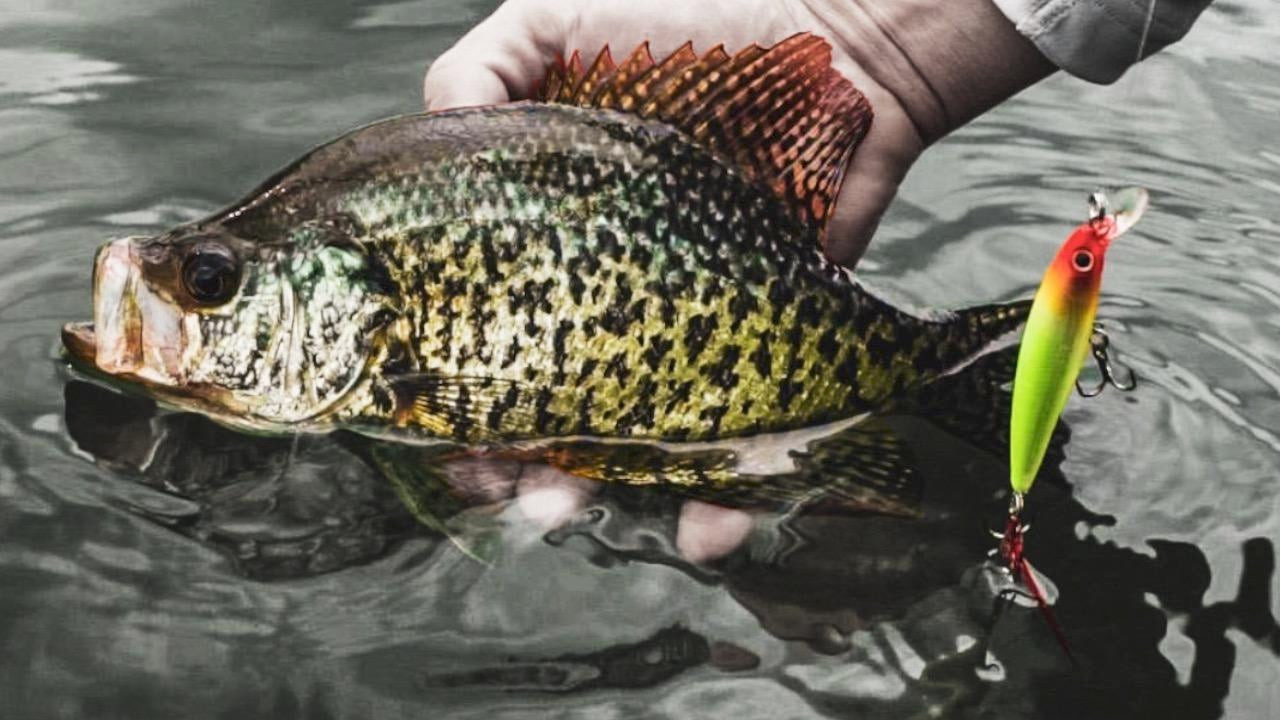With hunting season and football winding down combined with all the chaos of the last year, it would be easy for the prespawn to sneak up on some of us. Anglers to the north are probably reading this in the tone of an Allen Iverson press interview circa 2002, “Pre-spawn? We talking bout prespawn right now?” While fishermen down in Florida are eyeing big girls on bed already. But for the Bible Belt, it’s getting close to go time and it’ll be on us before you know it.
Some of you will want to focus heavily in the coming weeks on the deep water near shallow water deal; anywhere there’s a transitional, 45-degree style bank where the fish will be funneling into creeks and coves in droves as they make their way closer to the spawning flats and shallows. But these are the fish that have pulled out and wintered in the deep. There are also resident fish that stay shallow year round on a lot of fisheries. So we’ll talk about what to look for with them too, as they’ll be some of the first to jump on bed.
We’ll also help you try to break down which category the fish you will be targeting fit into. Though that’s easier said than done and not a perfect science based on fisheries. For instance, a highland reservoir sees a lot of fish transition out of the shallows during the winter and summer and then make their way back for the spring and fall. But there are also certain places on a highland reservoir, like a muddy creek for instance, where a small population of fish will stay shallow year round. So you have to take these things into consideration when choosing where you fish the prespawn.
So since it’s difficult to group the prespawn by fishery, it seems best to take a broad look at the two groups of bass instead: resident and transitional. And then we can narrow down how you target those fish on your local fishery.





